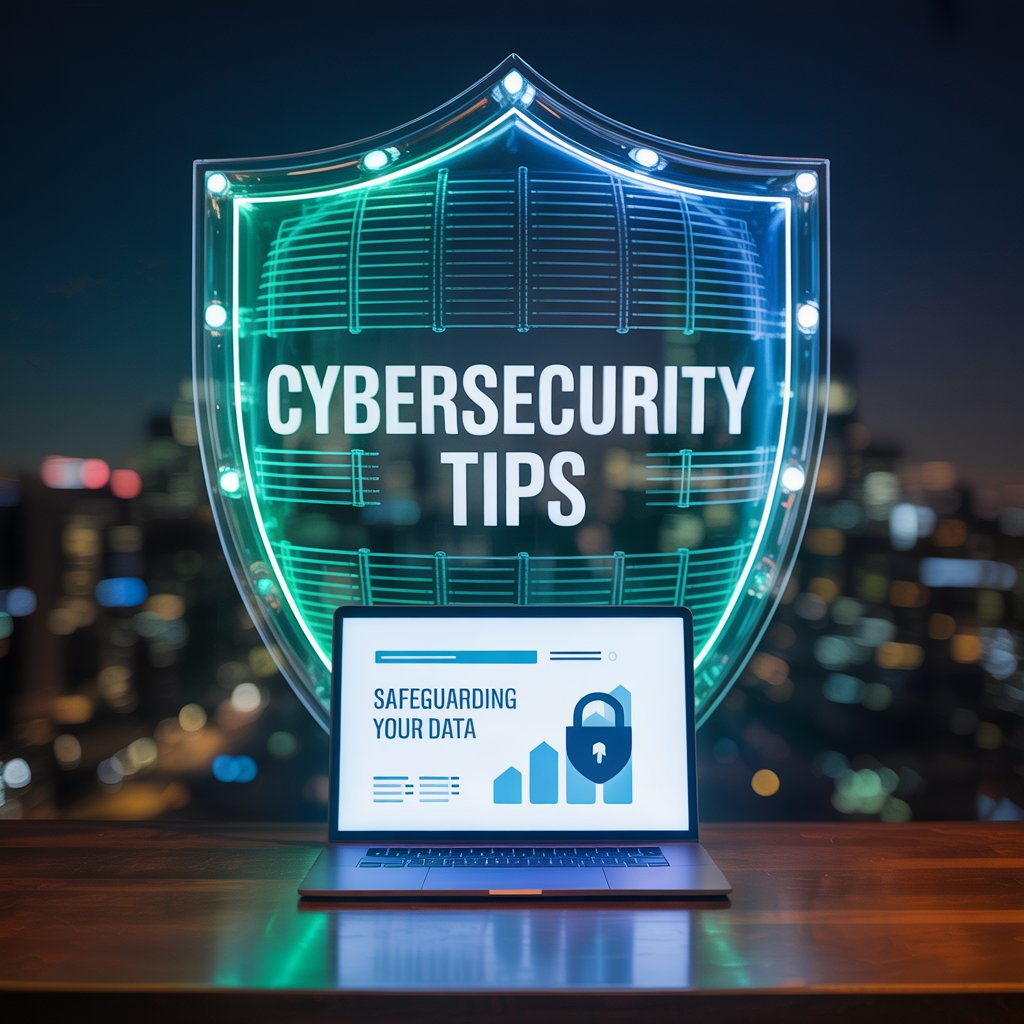As a marketing director specializing in IT, I’ve witnessed cybersecurity transform from a backroom technical concern to a boardroom priority that directly impacts brand reputation and customer trust. In today’s digital economy, your company’s security posture isn’t just about protecting data—it’s fundamentally about protecting your business viability. Consider this startling reality: cybercrime is projected to cost businesses $10.5 trillion annually by 2025, up from $3 trillion in 2015. This staggering growth represents more than just financial loss—it erodes customer confidence, damages hard-earned reputations, and can even threaten business continuity.
The hard truth every marketing executive needs to understand is that cybersecurity is now a critical component of brand strategy. When 85% of consumers say they’ll abandon a brand after a data breach, as reported by hackread.com, your security measures have transitioned from technical specifications to marketing differentiators. Unlike traditional marketing challenges where results might take quarters to materialize, a single security failure can devastate your marketing efforts overnight. The most successful IT marketing leaders today position cybersecurity not as an IT cost center but as a strategic business enabler that creates trust—the ultimate marketing currency in our digital age.

Understanding the 2025 Cybersecurity Landscape
Cyber threats have evolved from indiscriminate attacks to highly targeted campaigns leveraging artificial intelligence and machine learning. In 2025, we’re seeing sophisticated adversaries employing tactics that blend social engineering with technological exploits, creating what security experts call “hybrid attack vectors.” Ransomware has matured into “ransomware-as-a-service” operations available on dark web marketplaces, lowering the barrier to entry for cybercriminals. Meanwhile, supply chain attacks have become increasingly prevalent, with compromised third-party vendors serving as entry points to otherwise secure networks.
From a business perspective, the stakes have never been higher. Regulatory frameworks like GDPR, CCPA, and emerging state-level regulations impose significant fines for data breaches—up to 4% of global annual turnover. But beyond regulatory penalties, the reputational damage from a single breach can be career-ending for marketing executives. Consider how major brands have seen customer acquisition costs increase by 30% following publicized security incidents. As noted by technologymarketingtoolkit.com, “treating cybersecurity as purely a technology problem instead of a business risk” remains the biggest mistake companies make—something marketing directors must address head-on.
“Your cybersecurity posture is now part of your brand promise. When customers entrust you with their data, they’re trusting your entire business model—not just your IT department.”
— Sarah Chen, CMO of a Fortune 500 Tech Company
Essential Cybersecurity Practices for Every Business
Implement Foundational Security Hygiene
Before chasing the latest security fad, ensure you’ve mastered these fundamental practices:
- Password Policies: Enforce complex, unique passwords with minimum 12-character requirements using a mix of character types. Require quarterly changes for privileged accounts
- Multi-Factor Authentication (MFA): Implement MFA for all user accounts—especially for remote access, cloud services, and administrative functions
- Regular Updates: Maintain strict patch management schedules, prioritizing critical systems first
- Access Control: Apply the principle of least privilege, granting users only the access necessary for their roles
Small businesses often think they’re not targets, but 43% of cyberattacks target SMBs precisely because they typically have weaker security posture. As hop.online highlights, “Post regular updates about cybersecurity tips or local security trends” to build trust with customers while demonstrating your commitment to security.
Pro Tip: Schedule cybersecurity awareness training during quarterly business reviews rather than as standalone sessions. When security training connects to actual business metrics and real-world marketing consequences (like customer churn after breaches), employees are 62% more likely to retain and apply the information.
Develop a Defense-in-Depth Strategy
Cybersecurity isn’t about building a single impenetrable wall—it’s about creating multiple layers of protection where failure at one layer doesn’t compromise the entire system. Here’s an essential framework:
| Protection Layer | Key Components | Implementation Priority |
|---|---|---|
| Perimeter Security | Firewalls, DDoS protection, network segmentation | High (Foundation) |
| Endpoint Security | EDR solutions, device encryption, USB restrictions | High (Immediate) |
| Identity & Access | MFA, privileged access management, SSO | Critical (Non-negotiable) |
| Data Security | Encryption (at rest & in transit), DLP solutions | Medium-High (Strategic) |
| User Awareness | Phishing simulations, security training, incident reporting | Ongoing (Cultural) |
Remember that security controls must align with business objectives—your marketing team’s creative cloud platforms need different protection than the finance department’s accounting systems. By mapping security to actual business processes rather than implementing generic technical controls, you achieve better adoption and actual risk reduction.
Building a Security-Conscious Organizational Culture
Marketing’s Role in Security Advocacy
Marketing directors wield significant influence in shaping organizational culture and can be powerful allies in security initiatives. Your department likely controls the company’s external communication channels, making you uniquely positioned to:
- Lead by example: Ensure all marketing technology (CRM, marketing automation, analytics platforms) follows security best practices
- Integrate security into branding: Highlight security features in customer communications without triggering fear
- Develop customer-facing security resources: Create blogs, webinars, and guides that demonstrate expertise
- Translate technical risks into business terms: Help other executives understand security impacts on customer trust and revenue
When technologymarketingtoolkit.com notes that “sharing success stories of how your cybersecurity measures have thwarted potential threats can instill confidence in your audience,” they’re highlighting a powerful marketing opportunity—real security achievements presented appropriately become compelling trust signals.
Creating Security Champions Across Departments
Rather than relying solely on IT to enforce security policies, develop a network of security-aware employees in each department who can:
- Translate security policies into role-specific guidance
- Identify workflow-specific security risks that technical teams might miss
- Serve as approachable points of contact for security questions
- Help design security processes that don’t overly hinder productivity
Security champions represent your best defense against human error, which remains a factor in 74% of breaches. Marketing teams, with their communication expertise, can help structure these programs to ensure messages resonate across different departments.
Budgeting Strategically for Cybersecurity
How Much Should You Invest?
The days of viewing cybersecurity as purely a cost center are over. Forward-thinking marketing directors understand that security investments directly impact customer acquisition, retention, and lifetime value. While traditional advice suggested allocating 6-14% of IT budgets to security, hackread.com reports that “most experts recommend allocating 10-15% of your IT budget to cybersecurity” as organizations prepare for increasingly sophisticated threats.
Consider this strategic framework for budget allocation:
- Essential Hygiene (50-60%): Foundational controls any business must have
- Detection & Response (20-30%): Tools and processes to identify and contain threats
- Innovation & Future-Proofing (10-20%): Emerging technologies like AI security analytics
- Training & Awareness (5-10%): Ongoing education tailored to business roles
Critical Insight: Companies that position security investments as customer trust investments see significantly higher marketing ROI. Customers pay up to 22% more for products from brands they perceive as more secure.
Demonstrating Security’s Marketing Value
To secure adequate budget, marketing directors must translate security investments into marketing metrics:
| Security Investment | Marketing Impact | Measurable Outcome |
|---|---|---|
| Enhanced data protection | Increased customer trust | Higher conversion rates (+15-20%) |
| Transparent privacy practices | Improved brand reputation | Lower customer acquisition cost |
| Faster breach response | Reduced brand damage | Less customer churn post-incident |
| Security certification | Competitive differentiation | Higher win rates in enterprise deals |
When presenting security budget requests, frame them in terms of customer acquisition cost reduction, lifetime value protection, and competitive differentiation rather than technical specifications. As hop.online emphasizes, successful cybersecurity marketing requires “Privacy-first marketing: Position privacy protection as a core value in all marketing efforts.”
Common Cybersecurity Mistakes Marketing Leaders Make
Overlooking Third-Party Risk
Marketing departments utilize more third-party tools than almost any other business unit—CRM platforms, email marketing services, social media management tools, analytics providers. Each represents a potential vulnerability. The 2023 breach that affected 100+ companies through a single marketing automation vendor demonstrates how third-party risk can become your risk.
Action Step: Implement a vendor security assessment process that includes:
- Reviewing security certifications (SOC 2, ISO 27001)
- Verifying data handling practices in contracts
- Requiring breach notification clauses
- Periodically reassessing vendor security posture
Prioritizing Technology Over Human Factors
Too many organizations focus exclusively on implementing the latest security tools while neglecting the human element. Marketing teams in particular often request exceptions to security policies for “business needs,” inadvertently creating vulnerabilities. Remember that sophisticated phishing attacks specifically target marketing personnel—they’re more likely to open enticing press release requests or partner collaboration invitations.
Pro Tip: Implement a “security exception” process that requires marketing leaders to personally approve any deviation from security standards, with documented business justification. This creates accountability while ensuring exceptions are truly exceptional rather than routine.
The Path Forward: Security as a Marketing Advantage
The most successful organizations in 2025 view cybersecurity not as an obstacle to marketing innovation but as a foundation for building authentic customer relationships. When consumers increasingly prioritize data privacy in purchasing decisions (72% consider it important according to recent studies), your security posture becomes a tangible business differentiator.
Consider these forward-looking strategies:
- Security Transparency Programs: Publish annual transparency reports detailing security practices and breach response metrics
- Customer-Controlled Privacy Preferences: Implement systems allowing customers to manage their data preferences easily
- Security-Informed Content Marketing: Create valuable resources that help customers protect themselves
- Breach Simulation Drills: Practice incident responses that prioritize customer communications
As hop.online reminds us, “cybersecurity marketing requires a balance of technical accuracy, educational value, and compelling messaging.” The marketing directors who succeed will be those who can translate complex security concepts into business value propositions that resonate with customers.
“In the digital age, your security isn’t just protecting data—it’s protecting customer relationships. Every security decision is ultimately a marketing decision.”
— David Morris, Chief Marketing Officer of a Global Technology Leader
Conclusion: Your Action Plan for 2025
The cybersecurity landscape will continue evolving, but marketing directors can stay ahead by adopting these strategies:
- Integrate security into brand messaging: Make data protection part of your value proposition
- Invest strategically: Allocate 10-15% of IT budget to security, focusing on customer trust outcomes
- Build security awareness: Transform your marketing team into security advocates
- Communicate transparently: Use security incidents (even near-misses) to demonstrate commitment
Remember that in today’s competitive market, strong cybersecurity isn’t just about avoiding negative outcomes—it’s about creating positive brand differentiation. Customers increasingly reward companies that take data protection seriously with higher loyalty, greater engagement, and willingness to pay premium prices.
As we move deeper into 2025, the boundary between marketing and security will continue blurring. Organizations that recognize this convergence early and strategically position security as a core component of customer experience will gain significant competitive advantages. Your next marketing campaign might succeed—but without robust security, a single breach could undermine all your efforts overnight.
Take action today: Schedule a cross-functional meeting with your CISO to identify three security initiatives that directly impact customer trust metrics. Track their impact on brand perception and sales conversion rates. In tomorrow’s market, cybersecurity isn’t just an IT concern—it’s the foundation of successful marketing.
